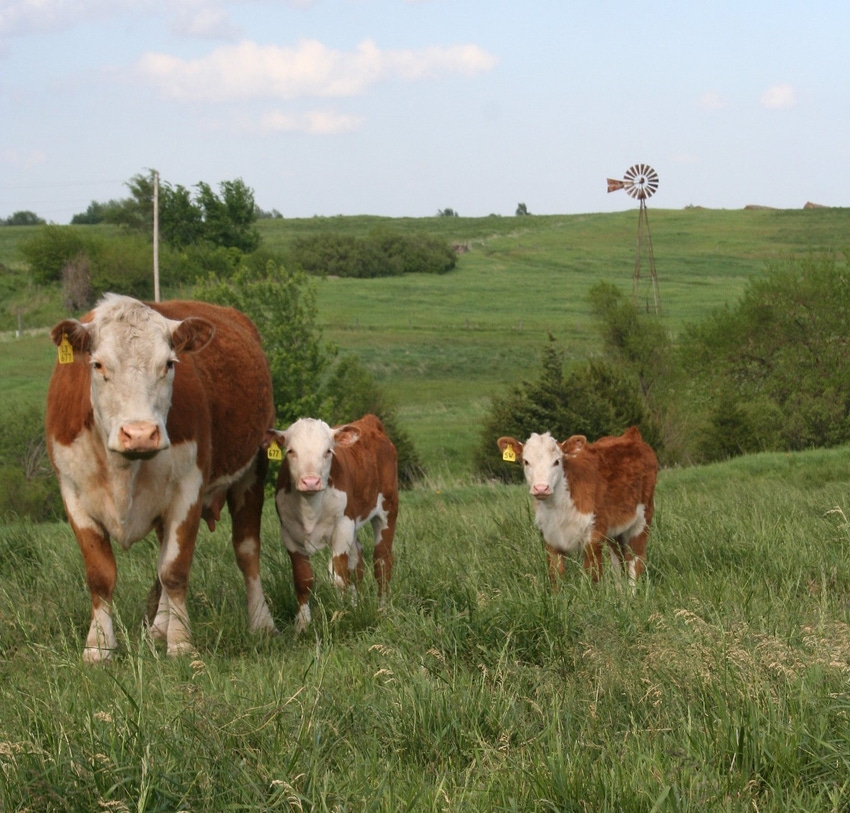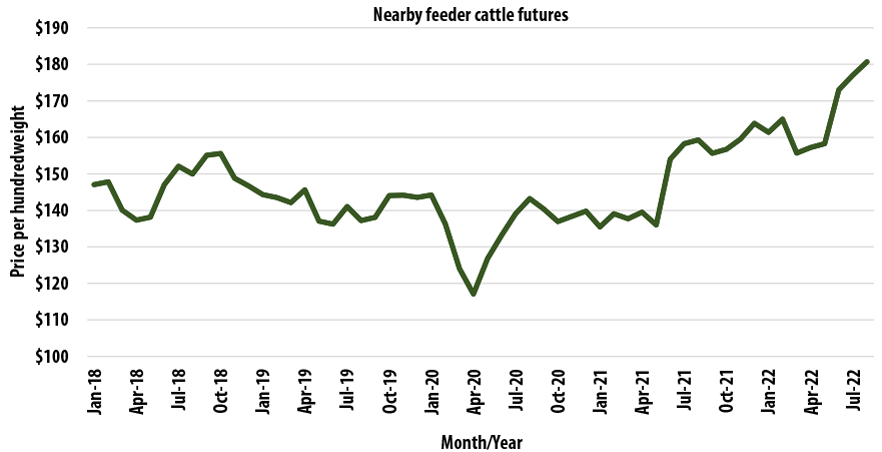Expert Advice: Bagley Risk Management Methods
Expert Advice: Bagley Risk Management Methods
Blog Article
Recognizing Animals Danger Security (LRP) Insurance: A Comprehensive Guide
Browsing the world of animals risk security (LRP) insurance can be an intricate venture for several in the agricultural sector. This kind of insurance provides a safety net against market fluctuations and unpredicted situations that can influence livestock manufacturers. By comprehending the ins and outs of LRP insurance policy, manufacturers can make informed choices that might safeguard their operations from economic risks. From exactly how LRP insurance works to the numerous insurance coverage alternatives offered, there is much to uncover in this thorough overview that can potentially shape the way livestock manufacturers approach danger monitoring in their businesses.

Exactly How LRP Insurance Coverage Works
Periodically, comprehending the technicians of Livestock Threat Defense (LRP) insurance policy can be complicated, but breaking down exactly how it functions can supply clearness for farmers and ranchers. LRP insurance policy is a threat monitoring device developed to safeguard livestock manufacturers versus unanticipated rate declines. It's vital to keep in mind that LRP insurance coverage is not an income warranty; rather, it focuses solely on price threat defense.
Eligibility and Coverage Options

When it comes to protection options, LRP insurance provides producers the versatility to choose the insurance coverage level, insurance coverage period, and endorsements that finest fit their danger management needs. Protection degrees normally vary from 70% to 100% of the anticipated finishing worth of the insured livestock. Manufacturers can also pick insurance coverage periods that align with their production cycle, whether they are guaranteeing feeder livestock, fed livestock, swine, or lamb. Recommendations such as rate threat security can better personalize protection to safeguard against negative market changes. By recognizing the eligibility criteria and coverage options offered, animals producers can make enlightened choices to take care of danger efficiently.
Benefits And Drawbacks of LRP Insurance Policy
When reviewing Animals Threat Protection (LRP) insurance coverage, it is essential for livestock manufacturers to evaluate the disadvantages and advantages integral in this threat monitoring tool.

One of the key advantages of LRP insurance policy is its capacity to offer defense against a decrease in animals prices. In addition, LRP insurance policy supplies a degree of versatility, allowing producers to customize protection degrees and plan periods to suit their certain needs.
However, there are additionally some downsides to consider. One restriction of LRP insurance is that it does not safeguard versus all kinds of risks, such as disease break outs or all-natural catastrophes. Additionally, premiums can in some cases be expensive, particularly for manufacturers with large livestock herds. It is important for producers to carefully assess their private threat direct exposure and financial circumstance to identify if LRP insurance coverage is the ideal danger management device for their procedure.
Recognizing LRP Insurance Coverage Premiums

Tips for Maximizing LRP Advantages
Taking full advantage of the advantages of Animals Danger Security (LRP) insurance requires tactical preparation and proactive threat management - Bagley Risk Management. To maximize your LRP insurance coverage, consider the adhering to pointers:
Consistently Examine Market Problems: Remain notified concerning market trends and cost variations in the livestock industry. By keeping an eye on these elements, you can make enlightened decisions concerning when to acquire LRP coverage to safeguard against prospective losses.
Establish Realistic Protection Levels: When picking insurance coverage degrees, consider your manufacturing costs, market price of animals, and possible threats - Bagley Risk Management. Establishing sensible insurance coverage levels makes certain that you are adequately protected without paying too much for unneeded insurance coverage
Expand Your Protection: Rather of relying entirely on LRP insurance policy, think about expanding your threat administration approaches. Integrating LRP with various other risk monitoring tools such as futures agreements or options can supply detailed insurance coverage versus market unpredictabilities.
Evaluation and Readjust Insurance Coverage Consistently: As market conditions change, occasionally examine your LRP coverage to guarantee it lines up with your present danger exposure. Adjusting insurance coverage degrees and timing of purchases can aid enhance your risk defense technique. By adhering to these pointers, you can make the most of the benefits of LRP insurance policy and protect your livestock operation against unanticipated dangers.
Final Thought
To conclude, animals danger defense (LRP) insurance policy is a beneficial tool for farmers to handle the monetary threats connected with their livestock procedures. By understanding exactly how LRP functions, qualification and protection options, along with the advantages and disadvantages of this insurance policy, farmers can make enlightened choices to safeguard their source of incomes. By meticulously considering LRP premiums and carrying out methods to maximize benefits, farmers can alleviate potential losses and make sure the sustainability of their procedures.
Animals producers interested in check my blog obtaining Animals Risk Protection (LRP) my explanation insurance coverage can explore a variety of qualification standards and insurance coverage options customized to their certain livestock procedures.When it comes to protection options, LRP insurance policy uses producers the adaptability to pick the coverage degree, protection period, and endorsements that finest match their danger monitoring needs.To comprehend the details of Animals Risk Protection (LRP) insurance coverage totally, understanding the elements influencing LRP insurance premiums is essential. LRP insurance coverage premiums are determined by various aspects, including the insurance coverage degree chosen, the anticipated price of livestock at the end of the protection period, the kind of livestock being insured, and the length of the protection period.Evaluation and Adjust Coverage Routinely: As market problems alter, periodically evaluate your LRP insurance coverage to ensure it aligns with your present threat direct exposure.
Report this page